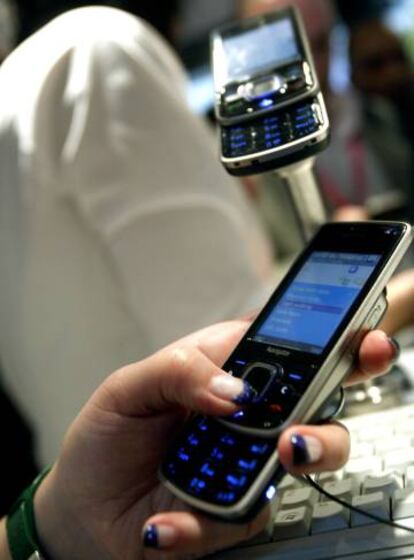Latin America and Caribbean see sharp rise in internet use
Lower costs and a jump in the use of mobile devices are driving growth in the region, a new study shows


Internet use is soaring in Latin America and the Caribbean. Nearly 55% of people in the region went online in 2015, representing a 20% rise from 2010, new figures from a United Nations agency show.
The biggest connectivity gains over the period took place in Nicaragua, Guatemala, El Salvador and Bolivia, according to a study by the Economic Commission for Latin America and the Caribbean (ECLAC).
The State of Broadband in Latin America and the Caribbean 2016 also shows a rise in household access to the internet. The number of connected homes grew an annual average 14.1% between 2010 and 2015 to reach 43.4% of all households, nearly twice as many as five years earlier.
The rise in internet use is attributable to the lower costs of going online and the increased use of mobile devices to connect to the World Wide Web. In 2010, just 7% of users used mobile broadband, while five years later this figure was 58%.
Costs have dropped significantly too. Six years ago, people had to fork over 18% of their monthly salary for fixed broadband service, whereas in 2015 that figure had dropped to just 2%. In Peru, greater affordability led to a 4,000% increase in the use of mobile broadband services between 2010 and 2015.
The biggest connectivity gains over the period took place in Nicaragua, Guatemala, El Salvador and Bolivia
Despite the good news, ECLAC stressed that there was still plenty of room for improvement. None of the countries covered in the agency’s report could boast about having at least 5% of its internet connections running at broadband speeds. In developed countries that number is as high as 50%.
Meanwhile, in Bolivia, economic inequalities have heightened the digital divide, while Venezuela’s economic and political problems have stymied growth in internet use, despite a 116% rise in cellphone use.
English version by George Mills.
Tu suscripción se está usando en otro dispositivo
¿Quieres añadir otro usuario a tu suscripción?
Si continúas leyendo en este dispositivo, no se podrá leer en el otro.
FlechaTu suscripción se está usando en otro dispositivo y solo puedes acceder a EL PAÍS desde un dispositivo a la vez.
Si quieres compartir tu cuenta, cambia tu suscripción a la modalidad Premium, así podrás añadir otro usuario. Cada uno accederá con su propia cuenta de email, lo que os permitirá personalizar vuestra experiencia en EL PAÍS.
¿Tienes una suscripción de empresa? Accede aquí para contratar más cuentas.
En el caso de no saber quién está usando tu cuenta, te recomendamos cambiar tu contraseña aquí.
Si decides continuar compartiendo tu cuenta, este mensaje se mostrará en tu dispositivo y en el de la otra persona que está usando tu cuenta de forma indefinida, afectando a tu experiencia de lectura. Puedes consultar aquí los términos y condiciones de la suscripción digital.










































